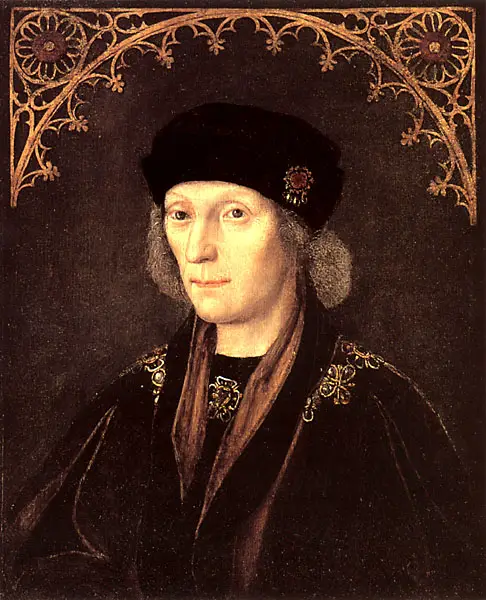We have many historians as members of the Tudor Society, and we thought it would be interesting to ask them what they are researching or working on at the moment, and whether they've come across anything of interest from the Tudor Period. Janet Wertman has responded with this wonderful Tudor gem... over to Janet!
What are you researching or working on at the moment? Can you share something of interest about the Tudor period?
 Your timing is perfect! I just stumbled upon a gem that made me dance.
Your timing is perfect! I just stumbled upon a gem that made me dance.
First, a bit of context.
It will come as no surprise to anyone reading this that the Tudor world is full of wild parallels. Catherine of Aragon spending seven years at the start of her life (relatively) waiting for Henry to marry her, then seven years at the end of her life waiting for him to return to her. The fates of Henry’s wives (divorced-beheaded-died/divorced-beheaded-survived) intertwined with their “types” (foreign princess-Howard family-basic English). Cromwell’s downfall stemming from invented charges and using the Act of Attainder he had popularized. Just to name a few.
I found one I had never noticed before.
I am deep into the first draft of The Path to Somerset, the sequel to Jane the Quene that charts Edward Seymour’s rise to power after her death (during what I lovingly refer to as Henry’s “crazy years”). It is turning out to be far darker than I expected – at least the way the story is revealing itself to me – and I have to say, I am having a blast.
Last week, I sank the Mary Rose (single handedly!). Gardiner was watching the battle with Henry from the shore in Portsmouth, they were right there as the pride of the country foundered (I use two points of view in a book; for Somerset I chose Edward and Gardiner/Protagonist and Antagonist – and Edward was off in Scotland at the time so Gardiner got to be the filter for the event). The scene was intense as it took them through the emotional devastation, the possibility of losing to the French, the fear that God had turned his face from them. But there was something about it that seemed just too pat, too predictable. I wanted a twist.
I got a great one....
Tell us about this "wild parallel"?
The night before the planned French attack, Francis went to dine on his own flagship, the Carraquon, to send off his fleet. Being a king, he brought his own food and chef. The poor man was used to the royal kitchens, not the cramped quarters of a ship’s galley. He was careless with the galley fires, which is not something to do when you’re that close to so much gunpowder. The fire spread quickly and Francis and his family barely made it off the ship before it blew up spectacularly. They had to delay the attack a couple of days to create a new flagship…
That detail changed everything. It allowed me to start the scene with English arrogance and overconfidence. After all, they had the Great Harry and the Mary Rose, the finest warships in the world, and hundreds of cannon whose fine construction was the envy of their enemies. And, of course, they smugly saw the hand of God in the destruction of the Carraquon– a sign that the Almighty was firmly on the English side. Playing up that attitude made the sudden reversal in the tragedy of the Mary Rose all that more poignant and terrible. It also gave my scene the oomph I was after …
Janet Wertman is the author of Jane the Quene (The Seymour Saga), a fantastic novel about a fascinating Tudor queen.




What an interesting tidbit!
We always look at his battle from the English point of view, that we neglect what was going on with the French, which as you point out, was equally fascinating.
Looking forward to the sequel book.